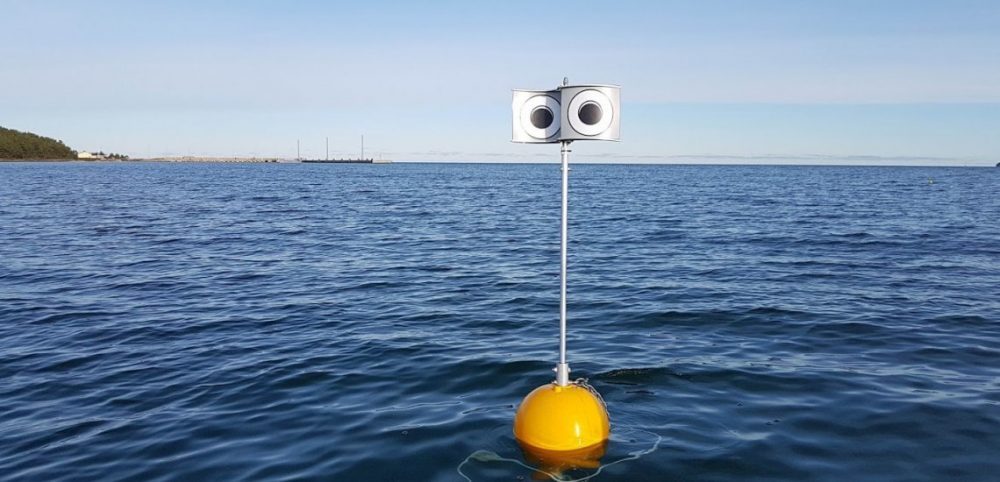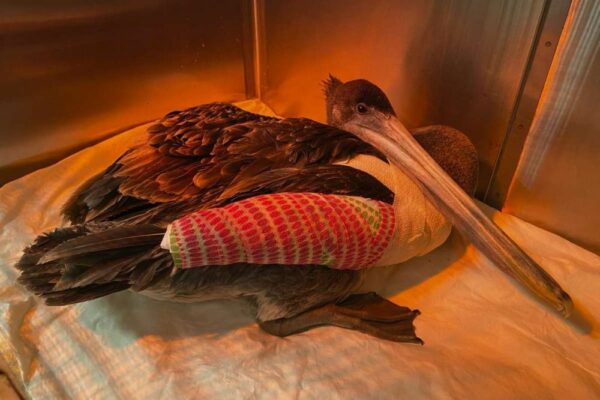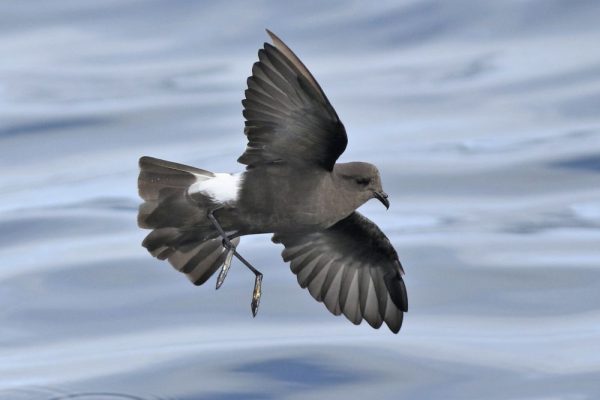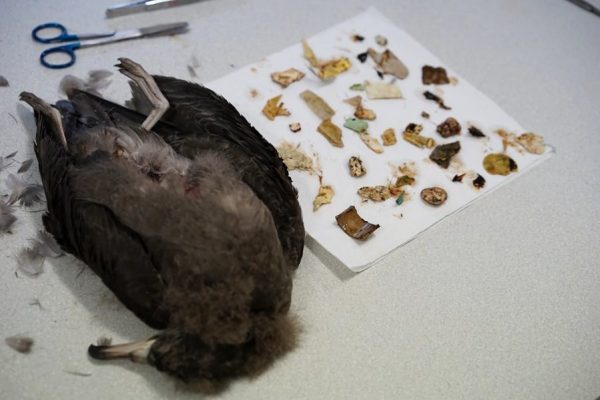Bizarre Floating Scarecrow Stops Seabirds from Diving in Fishing Nets
Many seabirds meet their end after being caught in the fishing nets. Scientists created a device with a looming eyes buoy (LEB) with bright eye spots and looming movements as a natural deterrent, just like a scarecrow. This bizarre floating scarecrow is designed to stop seabirds from diving in fishing nets.
Scarecrows may be an outstanding way to keep the fleet away, but the scientists’ unusual floating version can save the vulnerable seabirds from getting caught in fishing nets.
This device has been trialed in Kudema Bay Saaremaa island, Estonia, in collaboration with engineers from Fishtek Marine.
The findings have been published in the journal Royal Society Open Science. Scientists from Birdlife International and the Estonian Ornithological Society found the device to reduce accidents within a 50-meter radius.

Scientists created a device with a looming eyes buoy or a floating scarecrow that is designed to stop seabirds from diving in fishing nets | Image: Irish News
The lead author of the study, Yann Rouxel said that this device can help prevent unfortunate accidents, such as birds getting caught in fishing nets as they dive to fish.
The team conducted 250 hours of observation and concluded that LEB devices reduced these accidents by almost 20-30%, compared to conventional fishing buoys. The device is still in the prototype phase and will be tested in small-scale fisheries.
Fishing is a significantly problematic industry for marine animals and different animals like seabirds, who get caught in the bycatch every year.
Also Read: Plastic, Chemical Pollution Threatening Aquatic Species and Food Chain
The device works well because many animals show fear of direct eye contact and even something similar to it. But one potential issue might be the birds getting habituated to the device, unlike real eyes, as they don’t follow the movement.
If these trials prove to be successful, these floating scarecrows can be rolled commercially, saving millions of seabirds in gillnet fisheries around the world.
Via: The Guardian


